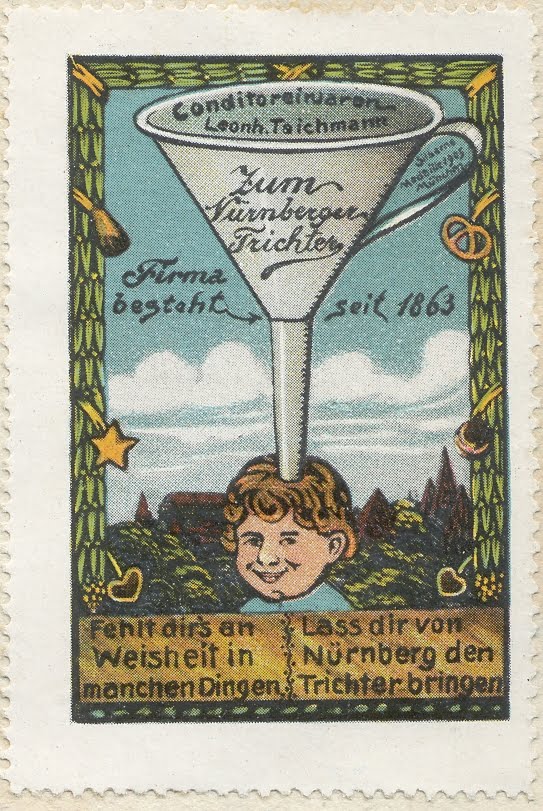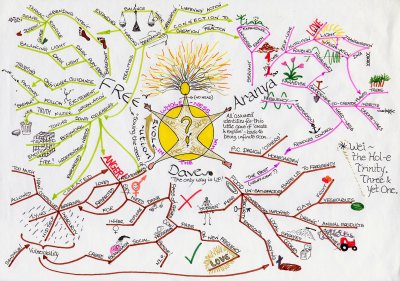I have spent much of my career transitioning from a standard lecture format to letting the students lead the way. Let’s go over some of the steps:
- Many years ago I taught our core introduction to business information technology class with standard PowerPoint lectures. When we would be in the lab, I started out lecturing, demonstrating, and having them follow along. Fortunately, I noticed that they didn’t follow along! Some were faster, some were slower, some didn’t care. It definitely didn’t work, but it did show me that I needed to think about structuring the class in a different way.
- At the same time I was working with another professor teaching the introduction to database elective class. In this class we would lecture for a short time (maybe 5 minutes), and then students would work on a problem among themselves. We would wander around the class for 3-4 minutes while they worked on the problem, and then we would reconvene as a group and discuss their answers and questions. When we were in the lab, we had semi-structured exercises that basically guided their exploration of the software. I wrote a whole manual based on the principles espoused in The Nurnberg Funnel. This really helped guide my thinking so that I would let the student take the lead and use his/her initiative. This also led me to design exercises that required students to take ownership of the learning process.
- Several years later when I taught my class on “Web-based resources,” I structured the class in ways that maximized the personal meaning of the material to the students. I gave a short overview lecture (10-15 minutes) at the beginning of a class (with all of my notes posted before the class on the class wiki), and then students would spend the rest of the class working on guided exercises and then applying these skills and concepts to their own term project. During the whole class period, I acted as a resource, answering questions and providing hints when they had reached some type of impasse.
I currently teach a quite traditional, though not often practiced at Michigan with our undergraduates, case-based class in which we discuss two different cases during a three-hour face-to-face class with 52 students. For each class, they generally read two cases (5-15 pages each), and usually one more theoretical concept-based journal paper. Our classes are spent as two long discussions, with them talking 90% of the time (to the class), and we taking notes on the board and structuring the discussion. Periodically, as part of the discussion, I do a very short (1-2 minute) lecture on a specific topic from the case that I want them to take note of.
Now technology enters the picture. I can easily see something like ShowMe, ReplayNote, or Camtasia being used to teach these topics before class, and before they read the cases so that they can think about how to apply the ideas themselves. This would, I think, allow the conversation to get to a higher level than it currently does.
I will be experimenting with these tools over the next few months and will report on my findings here. I would appreciate any pointers that my readers can give me that might make my experiments more useful.


